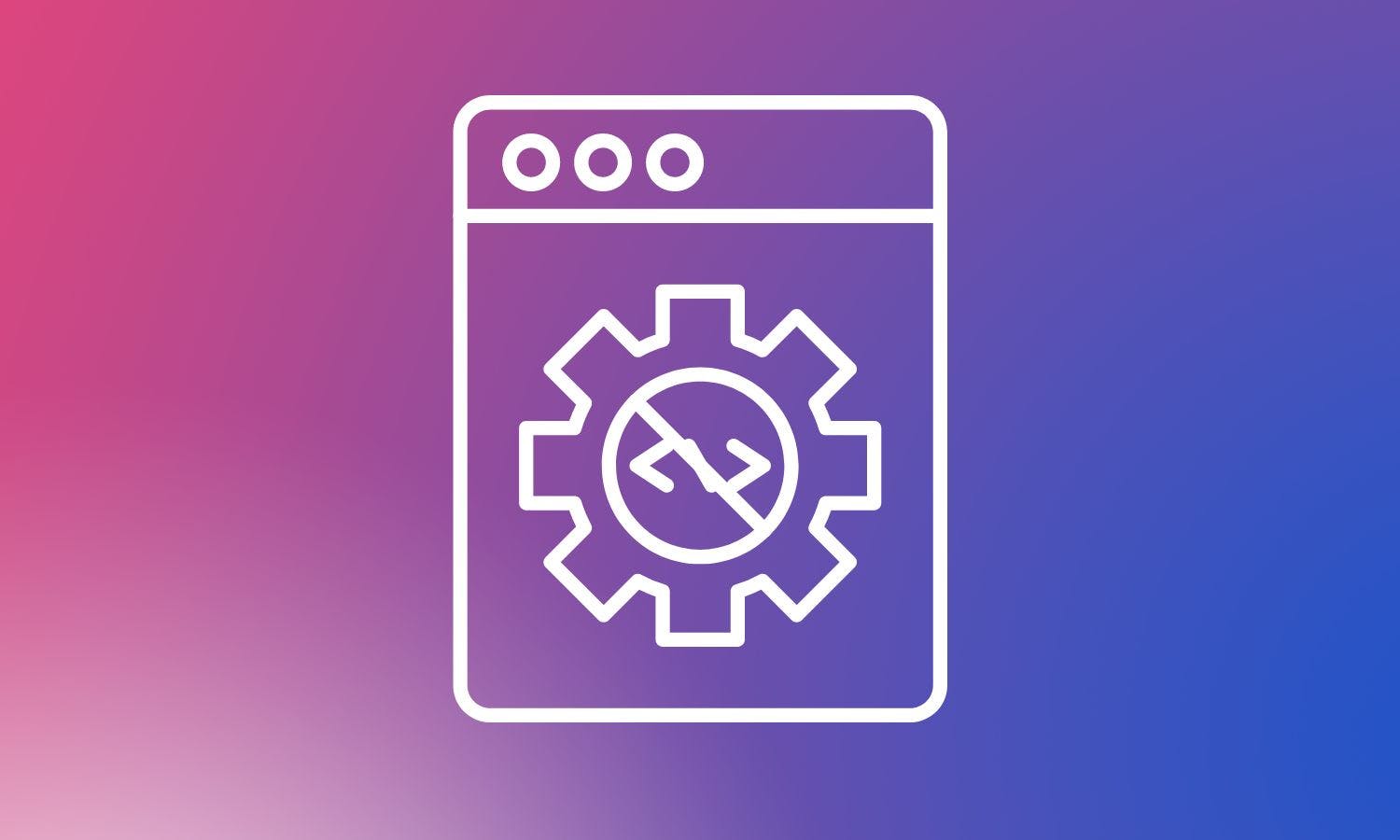The simplification of workflow automation enables employees from various departments, such as marketing, sales, HR, and operations, to create solutions tailored to their specific needs without relying on dedicated software developers. In fact, no-code platforms can even help with building simple applications from scratch.
If you're looking to explore no-code automation, fully understand its benefits and implementation and discover the best no-code automation tools currently available, this article can help.
What is no-code automation?
No-code automation is a clever way to automate tasks and processes without the need for traditional programming or writing code.
If you are a non-technical user, you can create and deploy automated workflows and applications using visual interfaces, drag-and-drop tools, and pre-built components.
No-code automation platforms usually integrate with various applications and services, allowing you to connect data sources, trigger actions based on specific events, and automate complex workflows without having to write custom code.
By abstracting away the complexities of coding, no-code automation makes technology more accessible and allows organizations to optimize their operations efficiently. It's a growing trend in the tech industry, driven by the need to increase productivity and accelerate digital transformation across businesses.

Canva
Benefits of using no-code tools
You’d be surprised at how useful no-code tools can be, especially for small teams or people without a software engineering background. Even if you do have technical expertise, they can vastly improve your efficiency or help with repetitive tasks.
Some of the key advantages of utilizing no-code tools include:
User-friendly
No-code tools are designed to be user-friendly, with intuitive drag-and-drop interfaces and visual workflows. They eliminate the need for traditional programming knowledge, making it accessible to a wider range of individuals within the organization.
Rapid development
No-code platforms enable rapid application development since users can create workflows and applications quickly without writing code. This agility allows businesses to respond faster to changing market demands and seize opportunities more promptly.
Pre-built templates for processes
No-code platforms often offer a wide range of pre-built templates and components, making it easier to customize solutions to suit specific business requirements. Users can adapt the tools to their unique needs without extensive coding.
Cost-effective
Building applications with no-code tools can be more cost-effective than hiring developers or outsourcing software development. It reduces the reliance on specialized technical skills, enabling non-technical employees to handle automation and application development tasks.
Empowerment of non-technical users
Perhaps one of the biggest benefits of no-code tools is that they empower non-technical staff to take charge of their processes and automate tasks without relying on IT departments. This democratization of technology allows employees to be more self-sufficient and efficient in their daily work.
Increased productivity
By automating repetitive tasks and streamlining processes, no-code tools free up valuable time for employees to focus on more strategic and creative aspects of their work. This increased productivity can lead to significant time and cost savings for the organization.
What is the difference between low-code and no-code automation?
No-code automation platforms are designed with simplicity in mind, catering to individuals with little to no coding experience.
These platforms empower non-technical users to automate tasks and build applications using intuitive visual interfaces and drag-and-drop tools. The emphasis is on accessibility, enabling users to create basic solutions without needing to write any code. No-code platforms are well-suited for automating straightforward tasks and creating simple applications.
In contrast, low-code automation platforms strike a balance between ease of use and flexibility. They target individuals with some level of technical knowledge who may not be expert programmers.
Low-code platforms provide a visual development environment equipped with pre-built components and templates. They allow users to incorporate custom code when more intricate logic or advanced functionalities are required. This level of customization makes low-code platforms suitable for a wider range of projects, from custom applications to more complex business processes and integrations.
Here’s a rule of thumb: If you plan on building an enterprise-grade app or custom piece of software and need some assistance, a low-code platform would be your best bet. On the other hand, if you are looking to automate or simplify tasks, no-code platforms are usually optimal.

Pexels / Lex Photography
Types of no-code automation tools
There are a lot of unique no-code automation tools available, but here are some of the most commonly used:
Workflow automation tools
These tools allow you to simplify and automate repetitive tasks and processes. They have visual interfaces to create workflows with triggers and actions. Think project management software, approval management for employee leaves, etc.
Website builders
Perhaps one of the most popular types of no-code tools, no-code website builders help you build and design custom websites without requiring coding skills. You can choose from templates and customize layouts, colors, and content.
Marketing automation tools
Another widely used type of no-code automation tool, these tools automate marketing tasks such as email campaigns and social media posts. You can also use them to manage leads, segment audiences, and track engagement.
App builders
Although not as customizable as low-code app builders, no-code app builders let you create mobile or web applications without coding. You can choose from pre-designed templates and UI components and customize the app’s functionality.
Chatbot builders
No-code chatbot builders empower users to create interactive chatbots that seamlessly integrate into websites and messaging platforms. These tools automate customer interactions by delivering instantaneous responses and assistance. With the ability to customize chatbot behavior and tailor responses to specific user queries, it can help you improve your customer support system.
E-commerce store builders
These platforms help you create online stores without coding. You can design storefronts, manage products, and handle transactions.
Process automation tools
These tools help you automate end-to-end business processes using visual interfaces. You can also define complex workflows with conditional logic.
How to choose no-code automation tools
There are a few factors to keep in mind while selecting no-code automation tools to help you make the best decision possible:
Relevance to your business needs
Clearly define the tasks or processes you want to automate or the type of application you need to create. Understanding your specific requirements will help you narrow down the options and focus on tools that address your key priorities.
Ease of use
Evaluate the user-friendliness of the platform. The entire premise of no-code tools is to simplify tasks, so opt for tools with intuitive interfaces, drag-and-drop functionality, and clear instructions that match your comfort level.
User reviews and feedback
One of the best ways to gauge how good a no-code automation tool (or any tool, for that matter) is by reading what current and past users have to say about it. Research user reviews and testimonials to gain insights into the experiences of others who have used the tool.
Scalability
For larger enterprises, you should consider whether the chosen tool can accommodate your future needs. Ensure the tool can handle potential growth and increasing complexity as your processes or applications evolve.
Customization options
Assess the level of customization the tool offers. Depending on your requirements, you may need a tool that allows you to modify templates, add custom logic, or integrate custom code when necessary.
5 best no-code automation tools
1. HubSpot
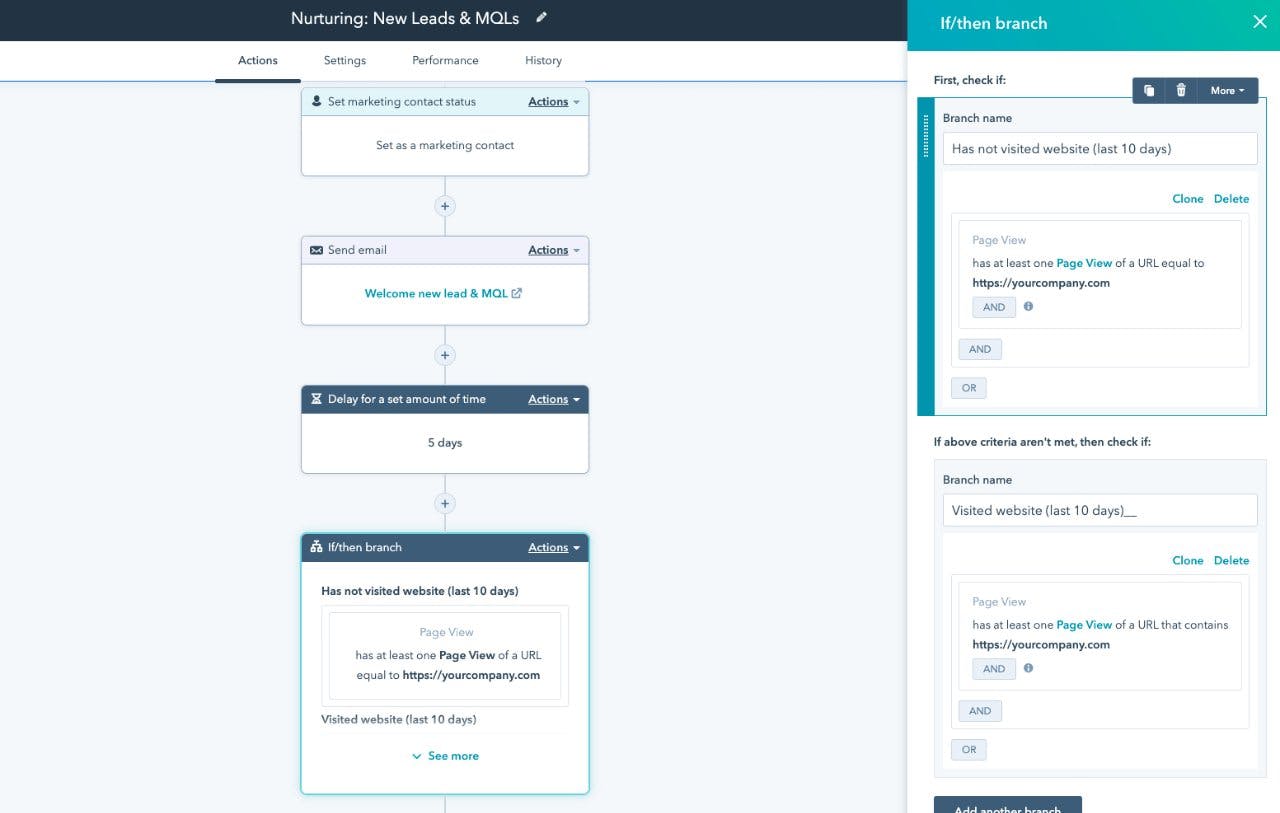
HubSpot
HubSpot is a comprehensive no-code platform known for its powerful CRM, marketing, sales, and customer service tools.
It offers a unified dashboard that enables businesses to manage leads, track interactions, automate marketing campaigns, and provide exceptional customer support. HubSpot's no-code features empower users to create landing pages, forms, and automated workflows without coding, making it a versatile solution for all-in-one business growth and management.
2. Bubble.io
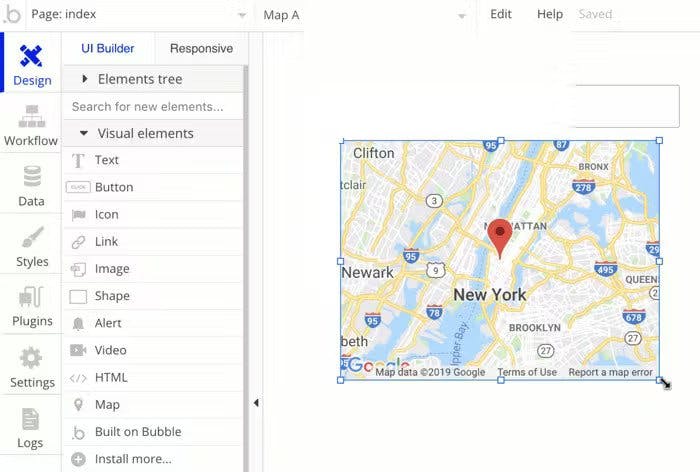
Bubble.io
Bubble.io stands out as an intuitive platform for building web and mobile applications without requiring coding skills. With its drag-and-drop interface and customizable design, users can visually create dynamic apps and incorporate complex functionalities.
Its no-code capabilities allow entrepreneurs and businesses to prototype, validate, and launch their ideas into functional applications, making it a valuable asset for startups and innovative projects.
3. Notion
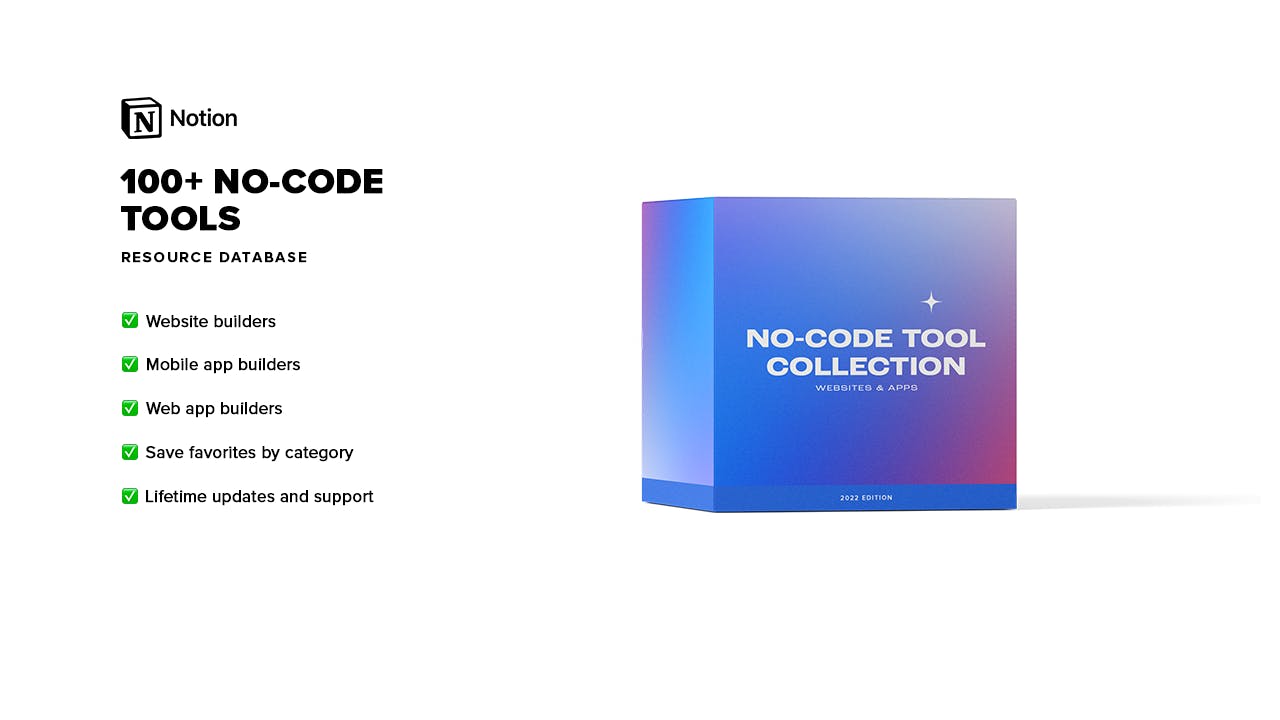
Notion
Notion is a collaborative workspace that offers no-code tools for creating databases, notes, wikis, and project management boards. Its flexible block-based system lets users organize information in a visually appealing way, facilitating knowledge sharing and task management within teams.
The platform's no-code approach empowers users to design tailored workflows, task trackers, and documentation hubs, enhancing organization and productivity.
4. Zapier
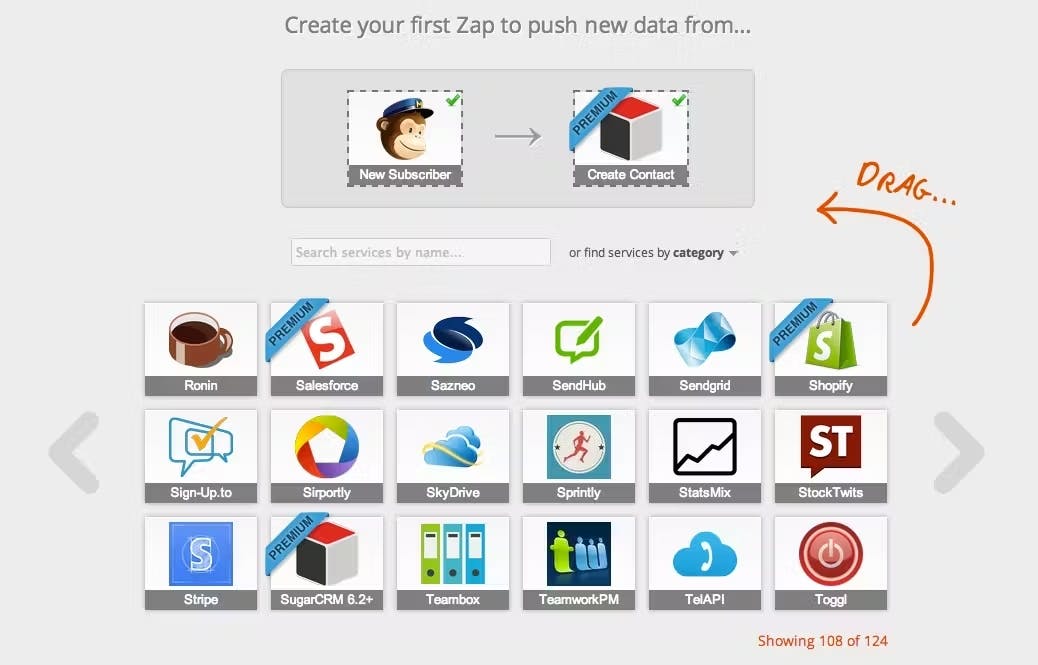
Zapier
Zapier is one of the most popular no-code automation platforms that connects over 3,000 apps to enable seamless data transfer and process automation.
Its user-friendly interface, powered by "Zaps," empowers users to create custom automations that trigger actions across various applications. Zapier's strength lies in its ability to integrate diverse tools, allowing businesses to automate repetitive tasks, streamline workflows, and enhance data synchronization with ease.
5. Zendesk
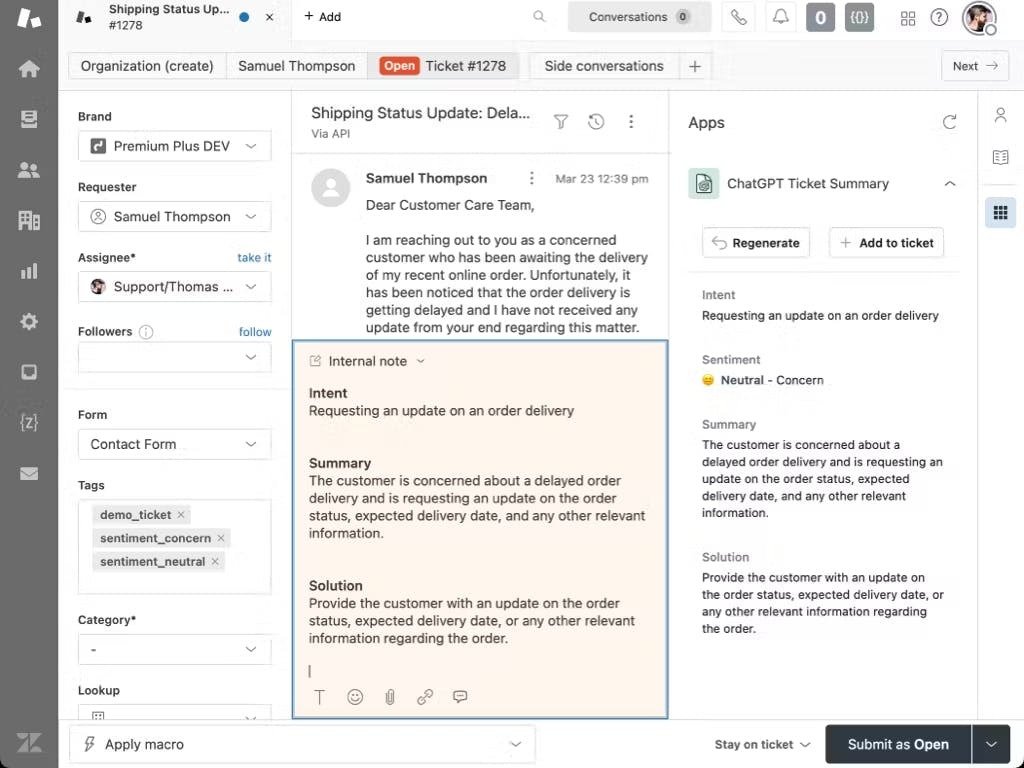
Zendesk
Zendesk is a leading customer service and support platform that incorporates no-code features to streamline ticket management, communication, and customer interactions. With its intuitive interface, businesses can design personalized help centers, automate responses, and manage customer inquiries efficiently.
The platform's no-code solutions empower support teams to provide exceptional customer experiences, making it an essential tool for maintaining strong customer relationships.
